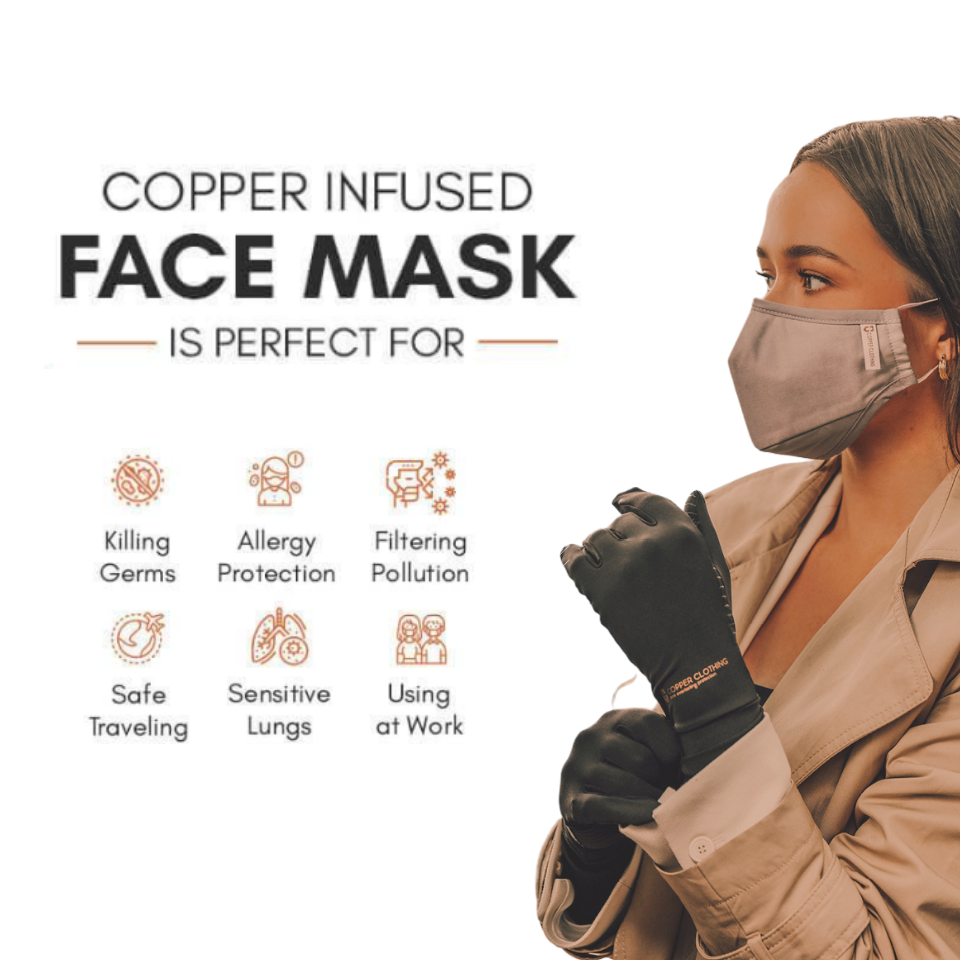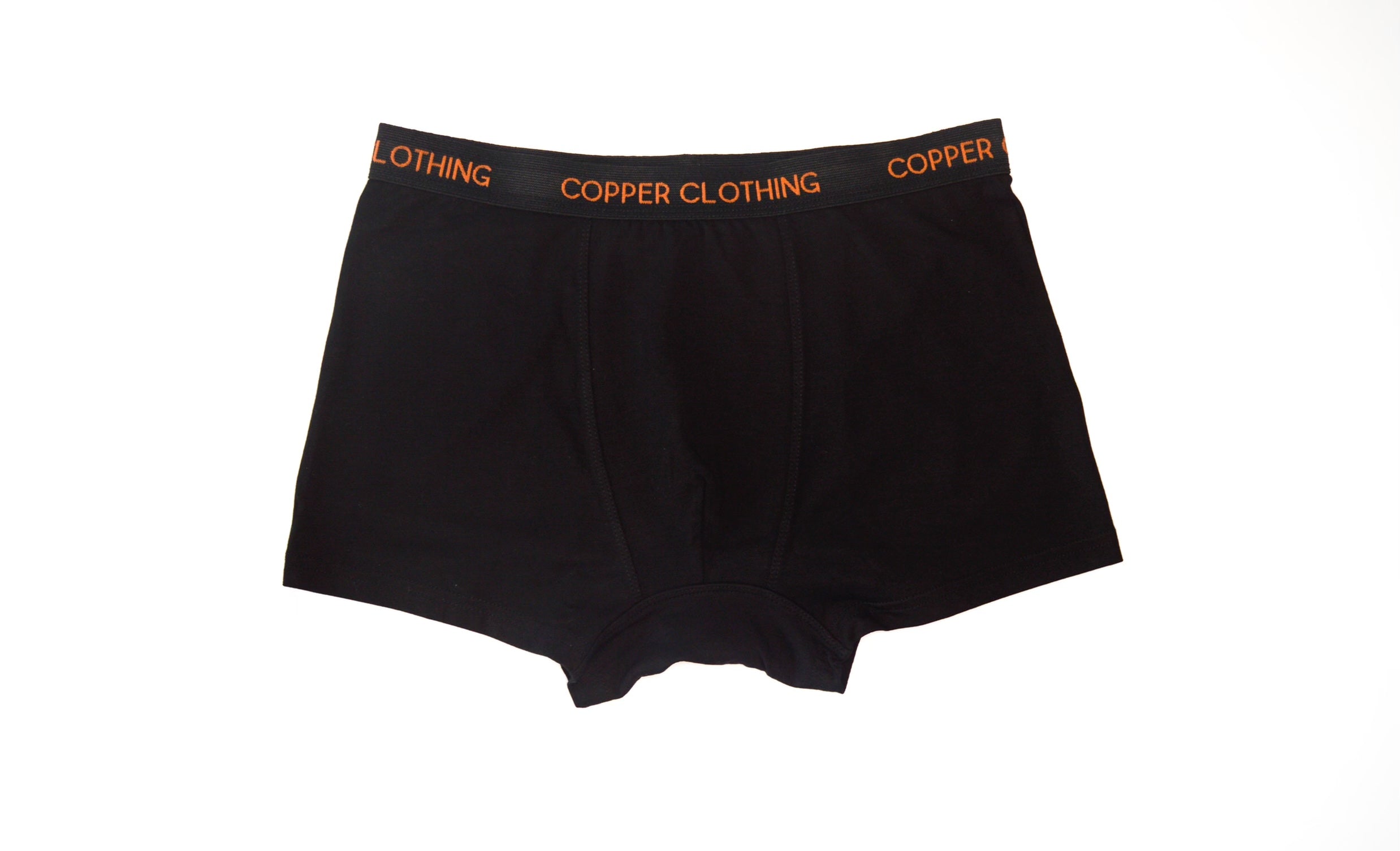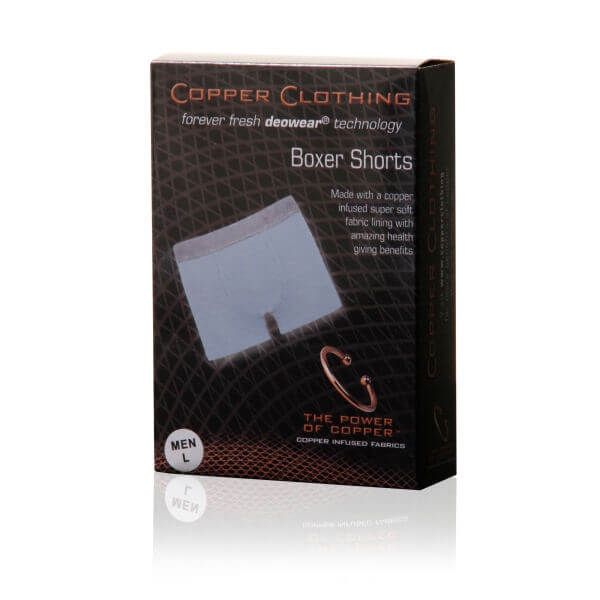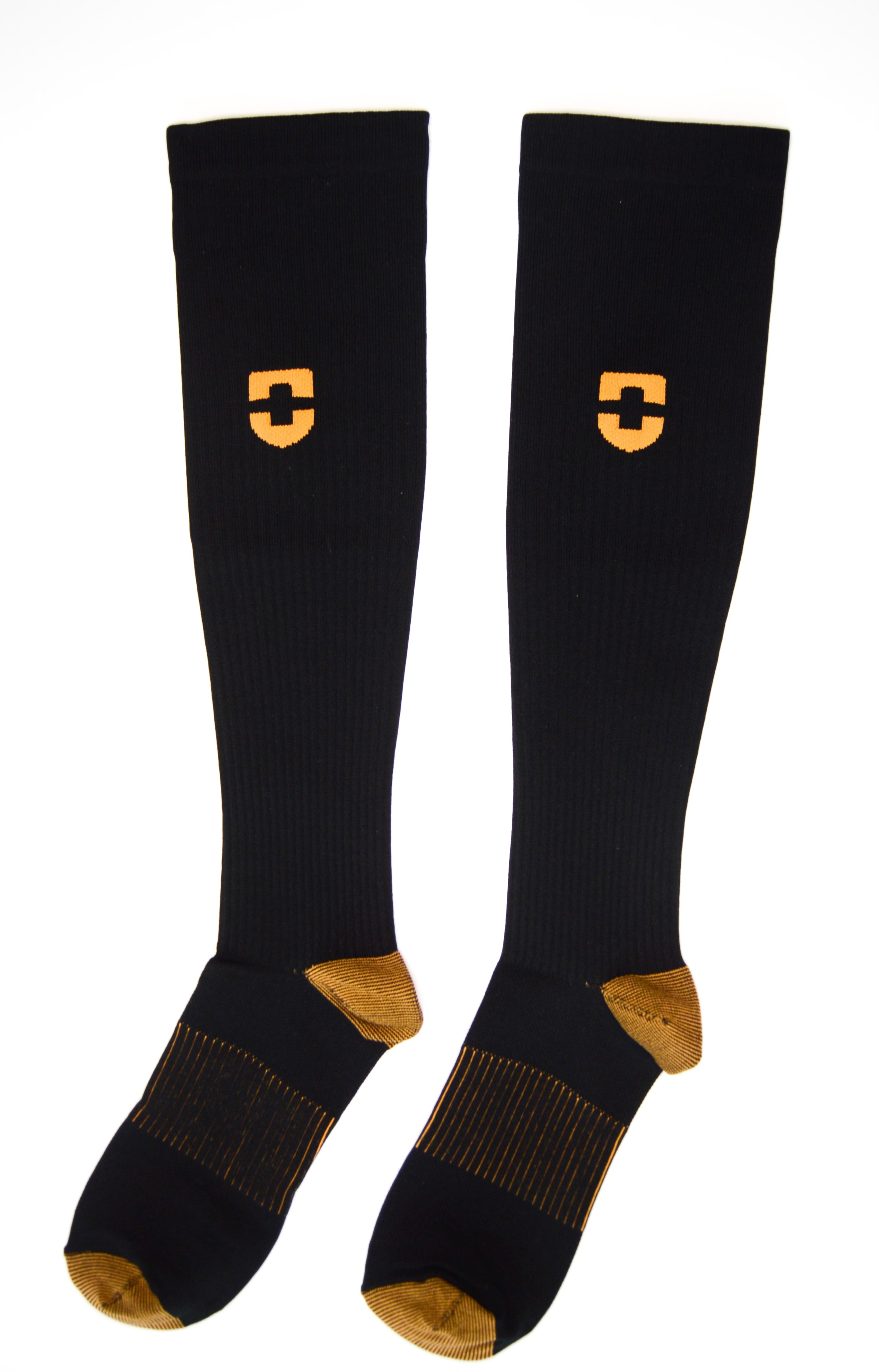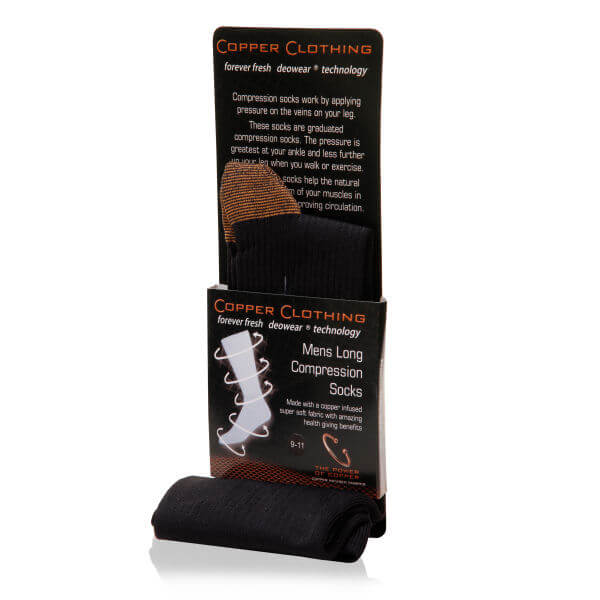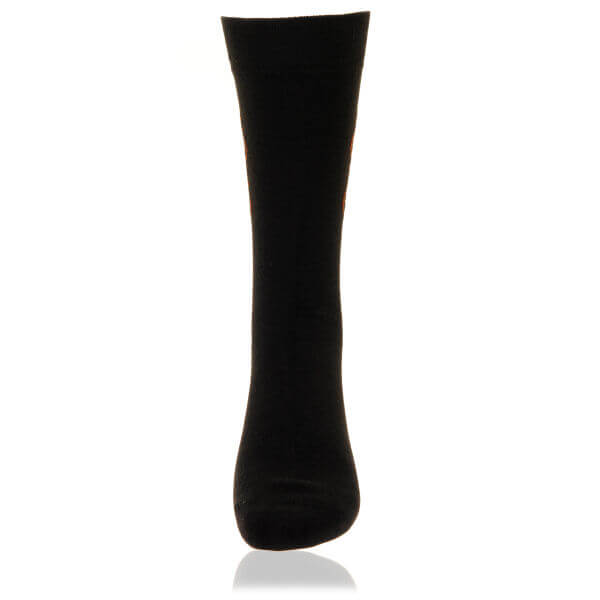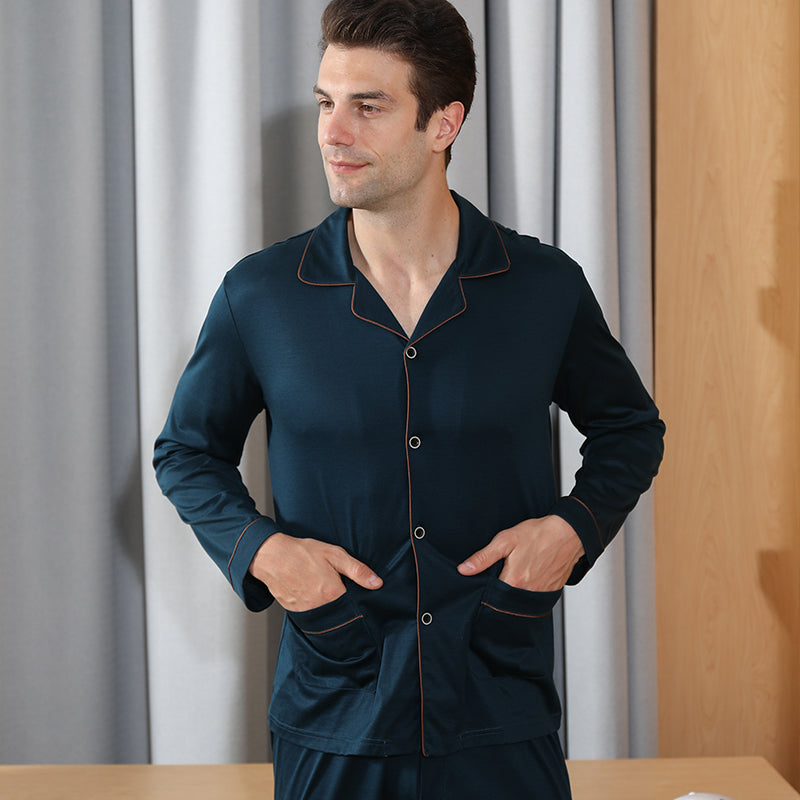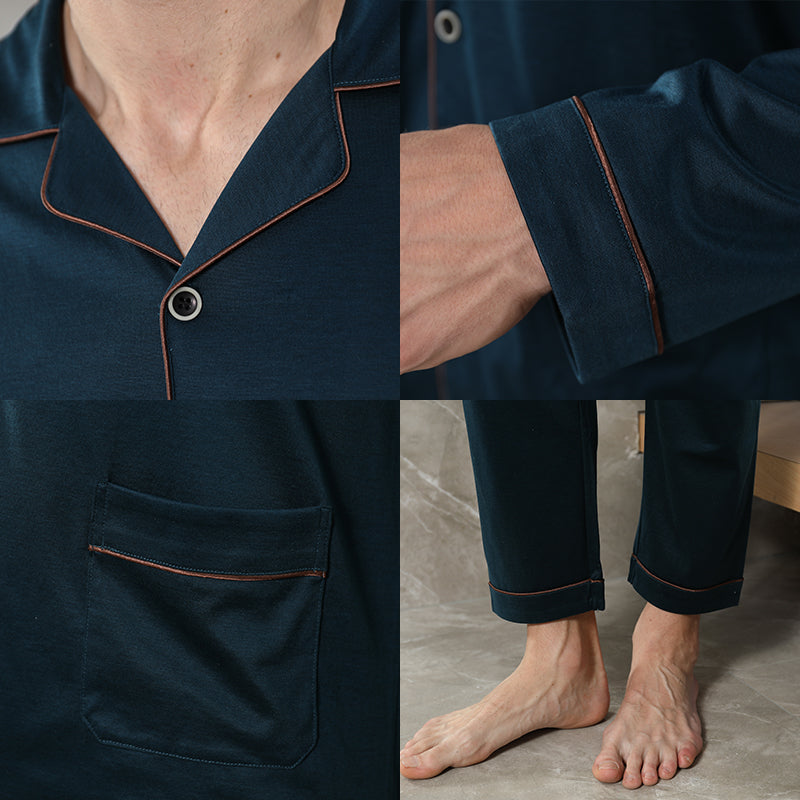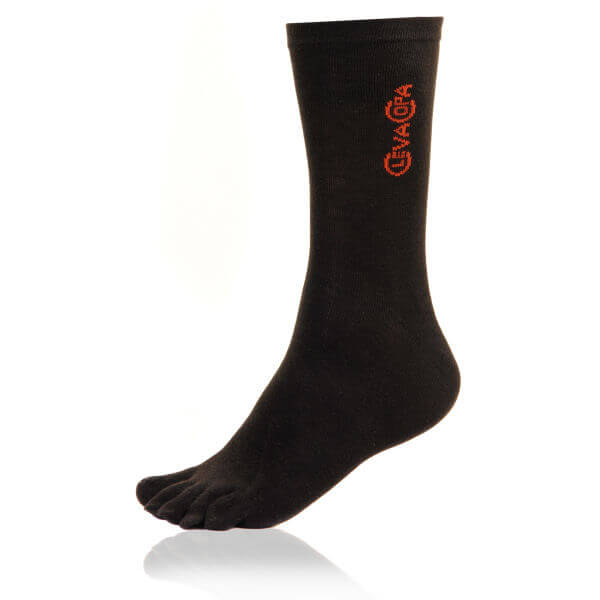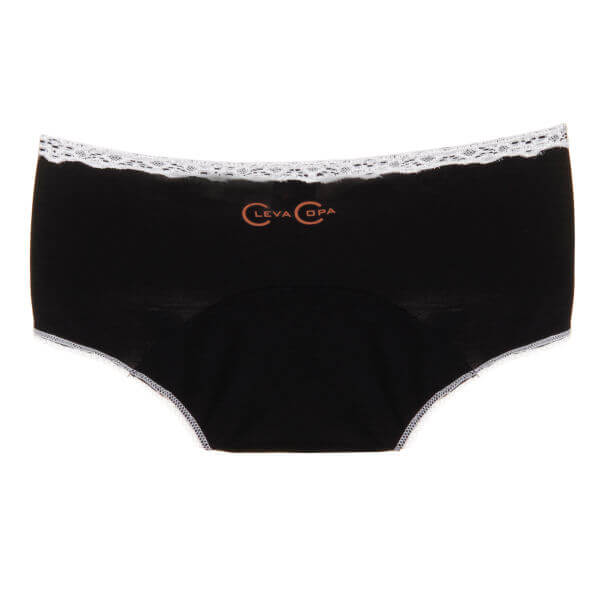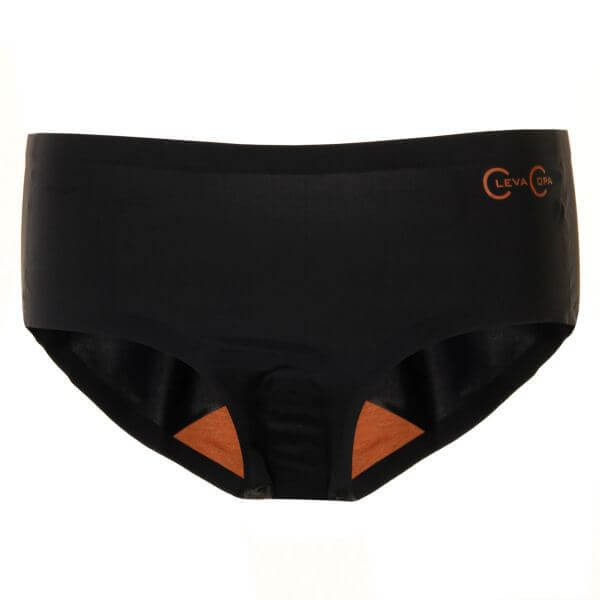Copper vs. Traditional Bedding: Which is Better for You?
Published
August 30 2025
Stay up to date on Copper Product releases & deals.
Subscribe to Our Monthly Newsletter for Deals on Product Delivered to Your Inbox!
Trying to choose between copper bedding and traditional bedding? The main difference is that copper bedding is infused with copper fibres, which can help reduce bacteria, wick away moisture, and regulate temperature, while traditional bedding focuses more on comfort and style without added health benefits.
The right choice depends on whether you value extra hygiene and cooling or familiar softness and affordability. This guide is here to break down their benefits and drawbacks, so that you can decide which is right for your sleep needs.
What Is Copper Bedding?
Copper bedding is made with fabrics infused with microscopic copper oxide particles. This infusion can be done through weaving copper threads directly into the fabric or embedding copper into the fibres during manufacturing.
Copper’s antimicrobial properties have been recognised for centuries. According to the U.S. Environmental Protection Agency (EPA), copper surfaces can kill over 99.9% of certain bacteria within 2 hours. In bedding, this translates to a cleaner, more hygienic sleep environment.
Unlike standard fabrics, copper bedding works at the material level to maintain freshness and support skin health. Popular options include:
Key Benefits of Copper Bedding:
- Antimicrobial Protection: Naturally resists bacteria, fungi, and odours.
- Skin Health Support: Copper can promote collagen production, potentially reducing fine lines and wrinkles.
- Temperature Regulation: Helps keep bedding cooler and fresher.
- Long-Lasting Performance: Copper does not wash out easily, maintaining benefits over time.
What is Traditional Bedding?
Traditional bedding refers to sheets, pillowcases, and blankets made from conventional materials like:
- Cotton: Breathable, soft, and widely available.
- Linen: Durable and naturally temperature-regulating.
- Polyester: Affordable and wrinkle-resistant.
- Blends: Mix of natural and synthetic fibres for specific textures and performance.
Copper Bedding vs. Traditional Bedding: Side-by-Side Comparison
Choosing between copper bedding and traditional options isn’t just about thread count. While both can provide a cosy night’s sleep, their differences become clear when you look at factors like hygiene, temperature control, maintenance, and sustainability.
Below, each of their feature is broken down so you can see exactly how these two bedding types stack up and decide which one truly fits your lifestyle.
| Feature | Copper Bedding | Traditional Bedding |
| Health Benefits | Antimicrobial, odour-resistant, and may improve skin health | No natural antimicrobial benefits; may harbour bacteria |
| Comfort | Soft, smooth, temperature-regulating | Varies widely by material (cotton is breathable, polyester may trap heat) |
| Durability | Maintains antimicrobial properties after many washes | Quality depends on fibre type and thread count |
| Maintenance | Low maintenance, resists odour build-up | Requires frequent washing to maintain freshness |
| Cost | Higher upfront investment | Lower initial cost, quality varies by price |
| Eco-Friendliness | A longer lifespan may reduce waste | Natural fibres are biodegradable; synthetics are less eco-friendly |
-
Health & Hygiene Benefits
One of the biggest advantages of copper bedding is its built-in antimicrobial protection. Copper ions can disrupt bacterial cell membranes, stopping their growth.
In contrast, traditional bedding can accumulate bacteria, dust mites, and allergens over time, requiring frequent washing to stay hygienic. This makes copper bedding especially beneficial for people with allergies, sensitive skin, or weakened immune systems.
-
Comfort & Sleep Quality
Both bedding types can offer comfort, but copper-infused fabrics often feel luxuriously smooth and help regulate body temperature. The natural thermal conductivity of copper draws heat away from the body, creating a cooler sleep surface, ideal for hot sleepers.
Traditional bedding comfort depends largely on the material:
- Cotton: Breathable and soft, but may feel cold in winter.
- Linen: Textured but softens with time, excellent for hot climates.
- Polyester: Lightweight but may trap heat.
-
Durability & Longevity
Copper bedding tends to last longer in terms of hygiene benefits because the antimicrobial properties remain effective wash after wash. This means your bedding stays fresher for longer between washes.
Traditional bedding durability depends on the fabric quality and care. High-thread-count cotton or linen can last for years, but polyester blends may show wear more quickly.
-
Maintenance & Care
Copper bedding is low-maintenance. It resists odours, stains less easily, and doesn’t require special detergents. You can wash it like regular bedding. However, you need to avoid harsh bleach to preserve the fibres.
Traditional bedding requires more frequent washing to stay fresh, especially in warm climates where sweat and bacteria accumulate more quickly.
-
Cost & Value
Copper bedding usually costs more upfront due to advanced manufacturing processes and material benefits. But the reduced need for frequent replacement and potential health benefits can make it cost-effective over time.
Traditional bedding offers a wide range of prices. Budget options are affordable but may wear out faster, while luxury natural-fibre sets can be equally or more expensive than copper bedding.
-
Eco-Friendliness
Copper bedding’s longevity means less textile waste. However, manufacturing copper-infused fabrics does have an environmental footprint.
Traditional bedding made from organic cotton or linen is biodegradable and sustainable. But synthetic fabrics like polyester contribute to microplastic pollution.
Which Bedding Should You Choose?
Choose copper bedding if you:
- Value hygiene
- Have sensitive skin
- Want bedding that stays fresher for longer.
Choose traditional bedding if you:
- Prefer natural fibres
- Have a tighter budget
- Enjoy the feel of cotton or linen.
For many sleepers, a hybrid approach, such as using copper pillowcases with traditional cotton sheets, can deliver both comfort and health benefits.
Upgrade your sleep game now! Switch to copper bedding and enjoy not just comfort, but the natural antimicrobial and skin-enhancing benefits your traditional bedding can’t match.
Try NowKey Takeaways: Copper vs. Traditional Bedding: Which is Better for You?
- Copper Bedding offers antimicrobial, odour-resistant, and skin-friendly benefits. It stays fresher for longer than traditional bedding.
- Traditional bedding varies in comfort and cost but lacks inherent health benefits, requiring frequent washing.
- Copper bedding may cost more upfront. But it delivers long-term value in hygiene and durability.
- Hot sleepers may prefer copper bedding’s cooling effect, while those seeking natural textures may opt for cotton or linen.
- Eco-conscious buyers should weigh copper’s longevity against the biodegradability of natural, traditional fabrics.










